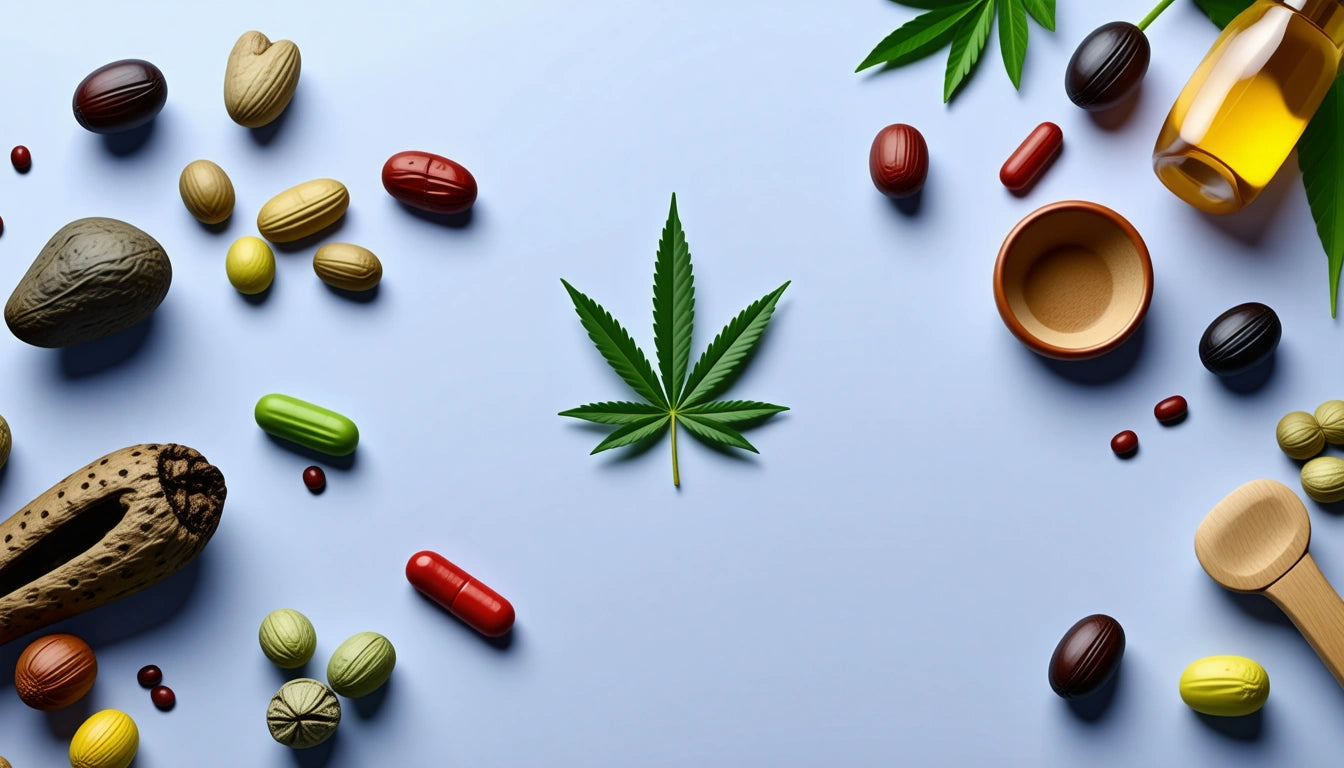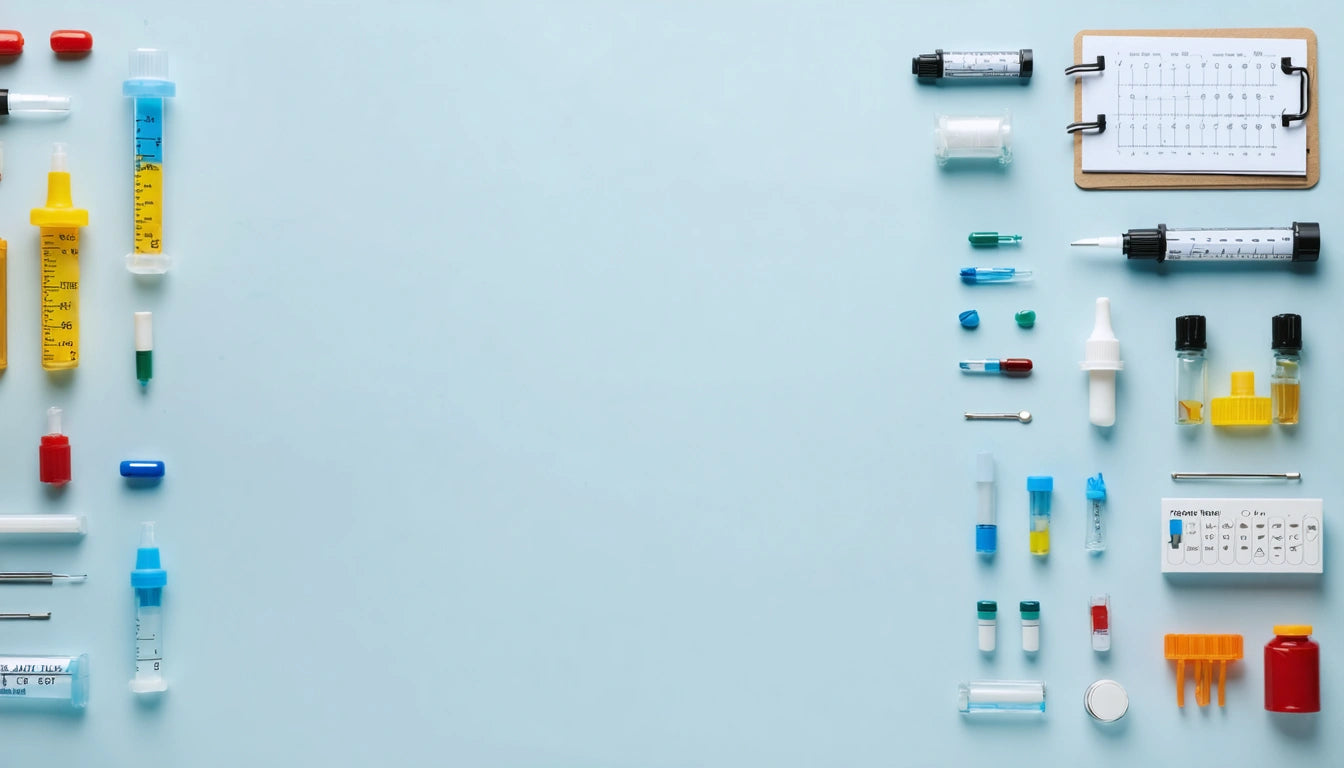Table of Contents
How Much Weed Is in a Joint: Understanding Measurements and Equivalents
Understanding how much weed is in a joint is essential for both recreational users and medical patients who want to measure their consumption accurately. While joints are one of the most common ways to consume cannabis, the actual amount of flower used can vary significantly based on several factors. This guide breaks down everything you need to know about joint measurements, equivalents, and practical applications.
Average Weight of Cannabis in a Joint
The average joint contains approximately 0.3 to 0.5 grams of cannabis, though this can vary widely based on rolling preferences and intended use. A study published in the journal Drug and Alcohol Dependence found that the typical joint contains about 0.32 grams of cannabis, though many consumers report using anywhere from 0.25 to 1 full gram.
For context, here's how joint sizes typically break down:
- Small/Pinner joint: 0.25-0.3 grams
- Average joint: 0.3-0.5 grams
- Large joint: 0.5-0.75 grams
- Extra-large joint: 0.75-1+ grams
Understanding these measurements helps consumers better track their usage and purchase appropriate amounts. For example, an eighth of cannabis (3.5 grams) typically yields 7-10 average-sized joints.
Factors Affecting Joint Size and Content
Rolling Style and Preference
Personal rolling style significantly impacts how much cannabis goes into a joint. Some prefer tightly packed, thin joints that burn slowly, while others roll looser, conical joints that may contain more flower but burn faster.
Paper Size and Type
Rolling papers come in various sizes that directly affect capacity:
- Single Wide: Holds approximately 0.25-0.3 grams
- 1 ¼ Size: The most common size, holds about 0.3-0.5 grams
- King Size: Can hold up to 0.75-1 gram or more
Purpose and Occasion
The context of use often determines joint size. Personal joints tend to be smaller than those intended for sharing among multiple people. Special occasions might call for larger joints, while daily users might prefer smaller, more conservative rolls.
Measuring Cannabis for Joints: Tools and Techniques
Accurate measurement ensures consistency in your joints and helps manage consumption. Here are common tools and techniques:
Digital Scales
A precise digital scale that measures in 0.01-gram increments is the most accurate way to measure cannabis for joints. This is particularly important for medical patients who need to track their dosage carefully.
Pre-Measured Packaging
Many dispensaries offer pre-measured packaging that takes the guesswork out of joint preparation. For example, specialized mylar bags designed for eighth-ounce quantities help consumers and businesses maintain consistent measurements when preparing multiple joints.
Visual Estimation
Experienced users often develop the ability to visually estimate amounts, though this method is less reliable than using scales or pre-measured containers.
THC Content in Joints vs. Other Consumption Methods
Beyond weight, understanding the THC content is crucial for gauging potency. The THC content in a single joint varies based on the strain's potency and the amount of cannabis used.
Modern cannabis strains typically contain 15-25% THC, meaning a 0.5-gram joint might contain approximately 75-125mg of THC. However, due to combustion and sidestream smoke, users typically absorb only about 20-30% of this THC, resulting in an actual dose of 15-40mg of THC per joint.
Comparatively, joints differ significantly from cigarettes in both content and health impact, with different combustion profiles and chemical compositions.
Joint Equivalents: Understanding Edible Comparisons
Many consumers wonder how edibles compare to smoking joints. While it's difficult to make exact comparisons due to different absorption mechanisms, we can establish some general equivalencies:
Edible to Joint Conversion
A 10mg THC edible roughly produces effects similar to a few puffs of an average joint. However, the experiences differ significantly:
- Onset time: Joints take effect within minutes, while edibles take 30-90 minutes
- Duration: Joint effects typically last 1-3 hours, while edible effects can last 4-8 hours
- Intensity: Edibles often produce stronger body effects due to liver metabolism
For those wondering if a 50mg edible equals a joint, the answer is complex. A 50mg edible would likely produce effects much stronger than a single joint for most users, potentially equivalent to several joints in intensity, though with different qualitative effects.
Practical Applications of Joint Measurements
Understanding joint measurements has several practical applications beyond simple curiosity. Comprehensive knowledge of joint measurements helps with budgeting, dosing, and planning consumption.
For medical patients, precise measurements ensure consistent symptom relief. For recreational users, it helps manage tolerance and consumption. For businesses, understanding these metrics is crucial for inventory management and product development.
Whether you're rolling your own or purchasing pre-rolls, knowing how much weed is in a joint helps you make informed decisions about your cannabis consumption, ensuring you get the experience you're looking for without unexpected surprises.











Leave a comment
All comments are moderated before being published.
This site is protected by hCaptcha and the hCaptcha Privacy Policy and Terms of Service apply.